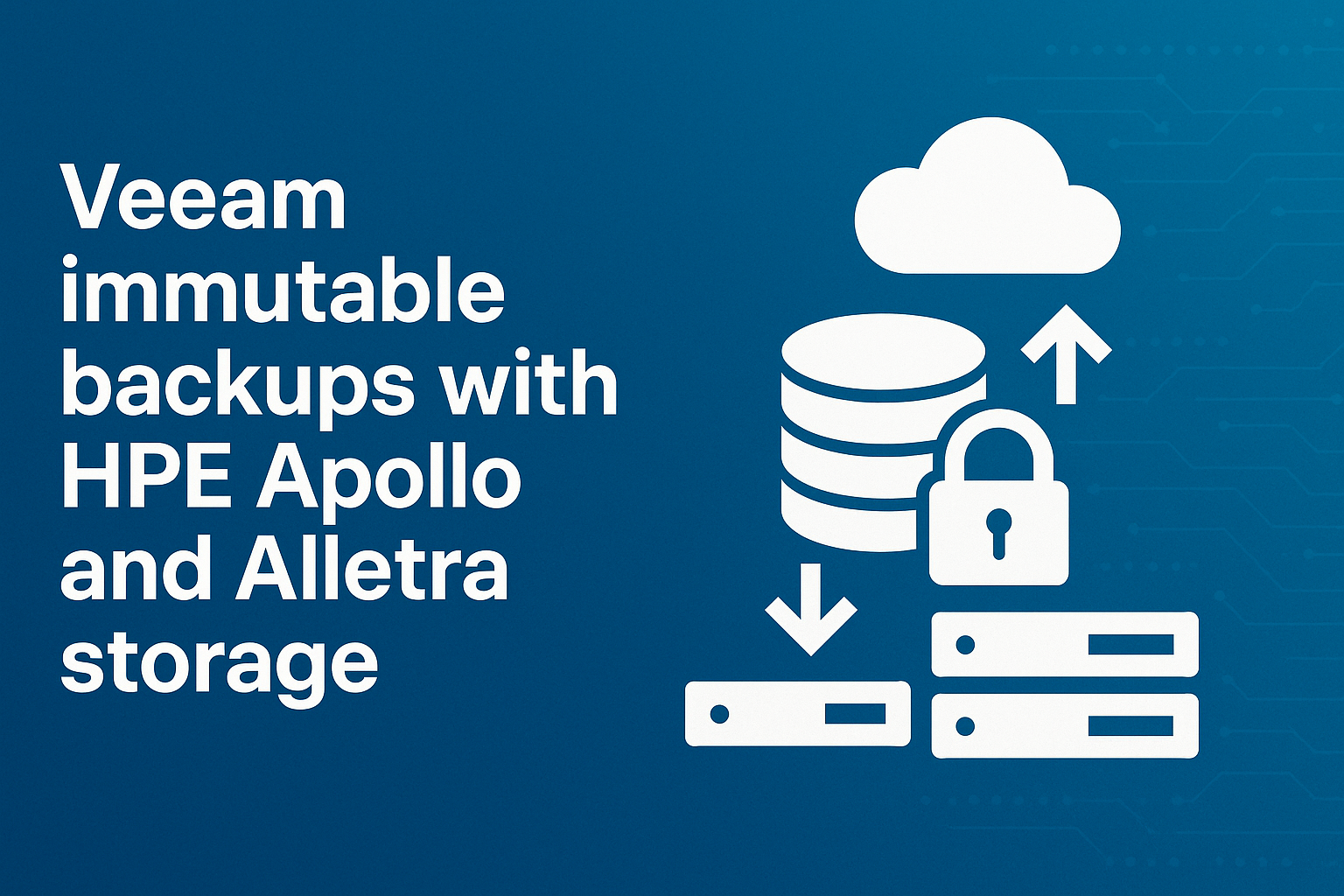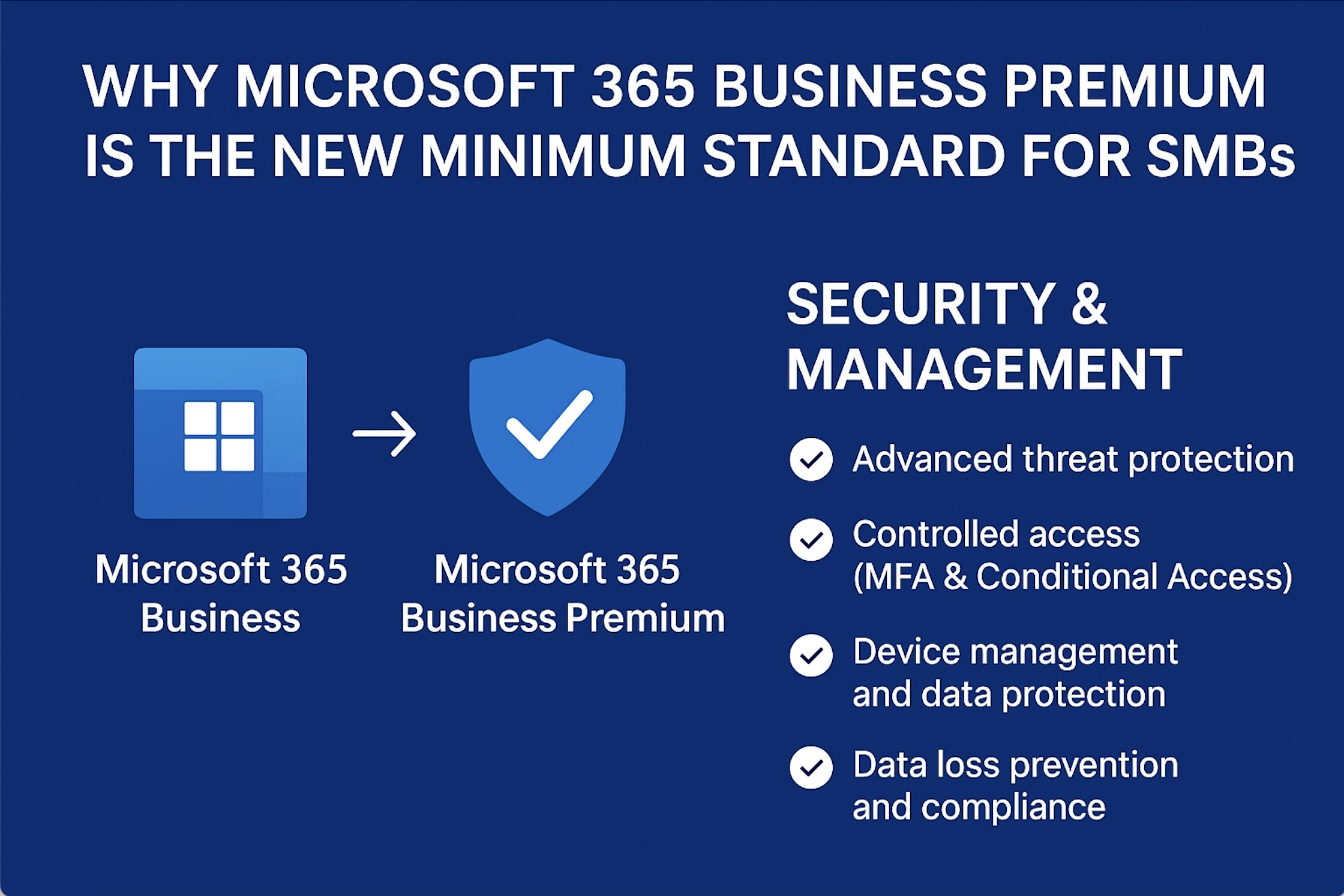Knowledge & News
What is the difference between Business Continuity and Disaster Recovery Planning?
Business Continuity and Disaster Recovery are often used interchangeably and on the face of it, can mean similar things. However, whilst both are critical in safeguarding business operations in the event of an IT disaster or cyberattack, they do in fact have different meanings. Each playing a different role as part of a wider business risk management strategy.
But exactly what is the difference between business continuity and disaster recovery?
What is Business Continuity?
A business continuity strategy is a methodology that allows a business to remain operational if a disaster strikes. This includes analysing potential threats, reviewing data security considerations, agreeing on staff responsibilities, and producing a recovery plan. As we have seen this year with increased home working, business continuity is critical in allowing businesses to pivot and preserve functionality in a range of potential scenarios.
What is Disaster Recovery?
Disaster recovery refers more specifically to the steps taken to return business operations to normal after a disaster or period of downtime. If operations have been interrupted, a disaster recovery plan will outline the steps required to move from continuity measures to full operational technical capacity. Disaster recovery often includes applications and core systems such as VoIP or communication, software, and hardware.
Business Continuity and Disaster Recovery – What is the difference?
Whereas business continuity is the overall plan a business puts in place to maintain operational functionality during a disaster. Disaster recovery is the specific process of recovering applications a business needs to operate after an issue.
If business continuity sets out to answer the question ‘How can a business continue to operate in the event of a disaster’ then disaster recovery sets out to answer the question ‘How does our business recover from a disaster’.
Ultimately, disaster recovery is an important subset of a business continuity plan.
Whilst both business continuity and disaster recovery planning are closely linked and similar, they can operate together or independently. For example, if a business experiences a disaster that doesn’t impact IT systems – perhaps such as a public relations crisis or supply chain disruption – then your business continuity may be implemented without the need to execute a disaster recovery plan.
Similarly, if you have an issue that does not need to be communicated to your stakeholders such as a power outage, then a disaster recovery plan could be implemented insolation of a wider business continuity plan.
Which is more important?
Both business continuity and disaster recovery are important strategies, and many businesses should consider having both in place to fully safeguard business operations as part of their risk management plan.
As we have seen across 2020, many factors can unexpectedly impact business operations. Those businesses which have strong plans in place will often find themselves in a strong position if disaster does strike.
We would always recommend any business should have some form of business continuity plan which is based on their requirements to mitigate a range of potential threats. However, those businesses who are heavily reliant upon IT systems or deal with data, for example, should place a greater emphasis on disaster recovery to protect customer data and infrastructure.
What are the similarities?
Both take a proactive approach to risk management and potential business disasters
Strategies should be regularly reviewed and updated based on current business requirements and the market landscape
Both can cover a range of business threats, from natural disasters, human error, or cyberattacks
Key stakeholders should be up to speed with both plans to ensure a robust and efficient rollout
What are the differences?
Business continuity is designed to keep the business operational whereas disaster recovery is focused on recovering the business and progressing from continuity processes to typical operations
Disaster recovery is one element of a broader continuity plan, which is often part of an overall business safeguarding plan
Business continuity has a broader scope when compared to disaster recovery, which is focused on data restoration, IT infrastructure, and systems for example
Ownership and responsibilities of a business continuity plan may differ from those who are responsible for a disaster recovery plan. Whereas a business continuity plan will often be driven by operational teams, individual elements - such as disaster recovery - may be implemented by specific business functions such as IT and technology teams.
Wemtech has helped a range of businesses, from SMEs to large international businesses, planning for any eventuality. Our continuity planning and IT consultancy help our clients to reduce risk and improve resilience through a bespoke plan based on their needs. We also offer clients managed disaster recovery meaning you can quickly restore business-critical systems, protecting productivity and revenue streams. Our solutions give you peace of mind, dedicated support, and fast response times. If you are looking to safeguard your business operations or would simply like to review your current plans with expert support and guidance, then [get in touch] with us today.
-
 01.12.2025
01.12.2025
Veeam Immutable Backups with HPE Apollo & Alletra Storage | Wemtech Managed Services
-
 10.11.2025
10.11.2025
Layered Security: Microsoft Defender + Huntress for SMBs
-
 10.11.2025
10.11.2025
Why Microsoft 365 Business Premium Is the New Minimum Standard for SMBs
-
 03.03.2025
03.03.2025
How We’ve Sustained Long-Term Customer Relationships at Wemtech
Get in Touch


